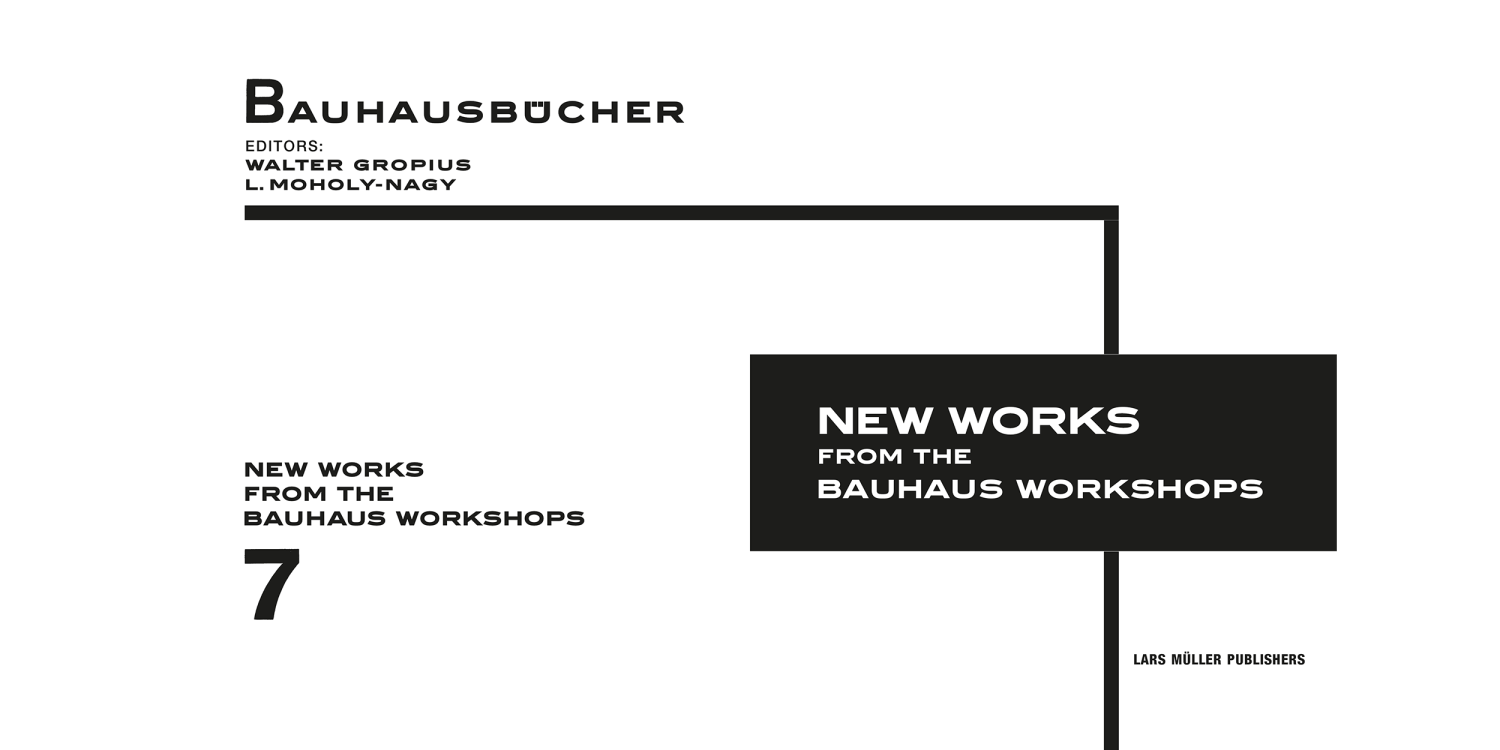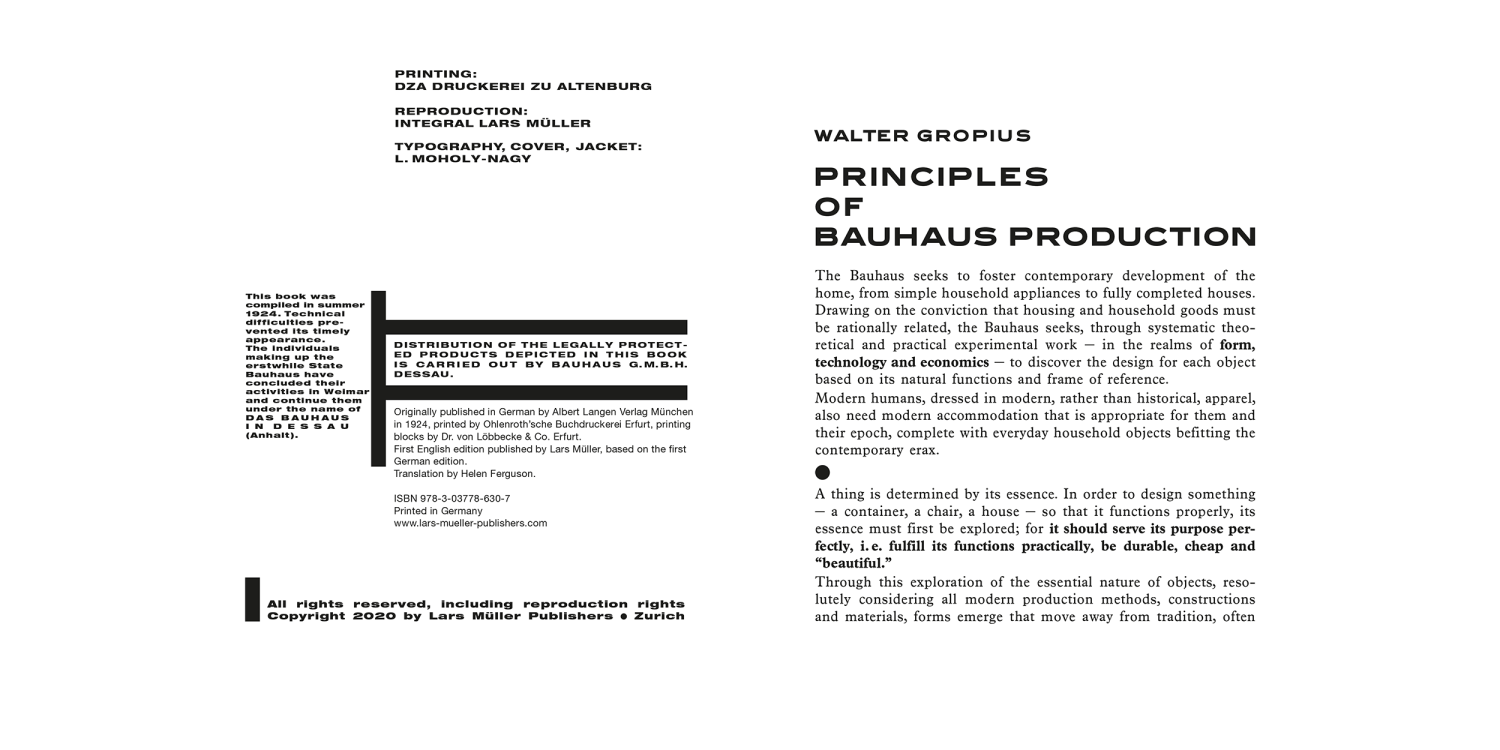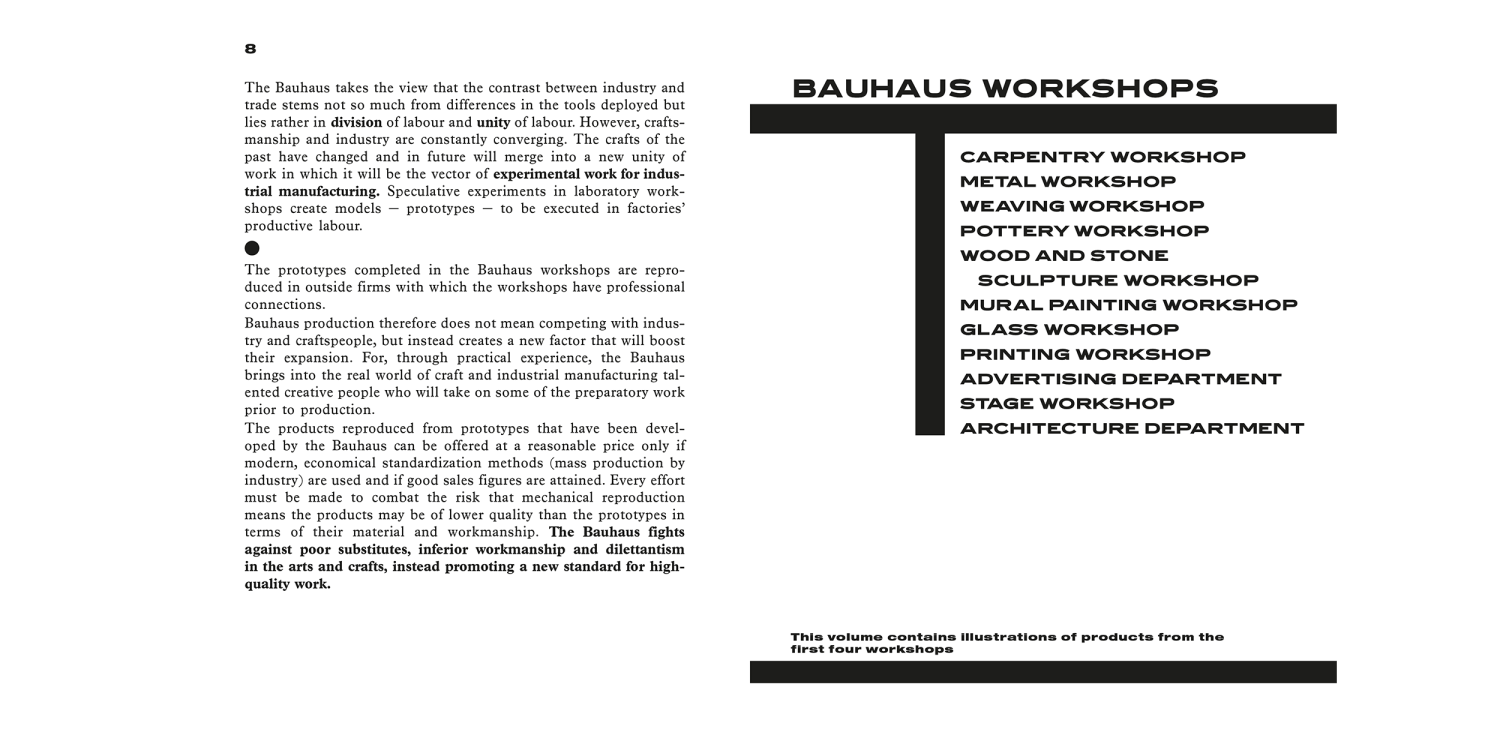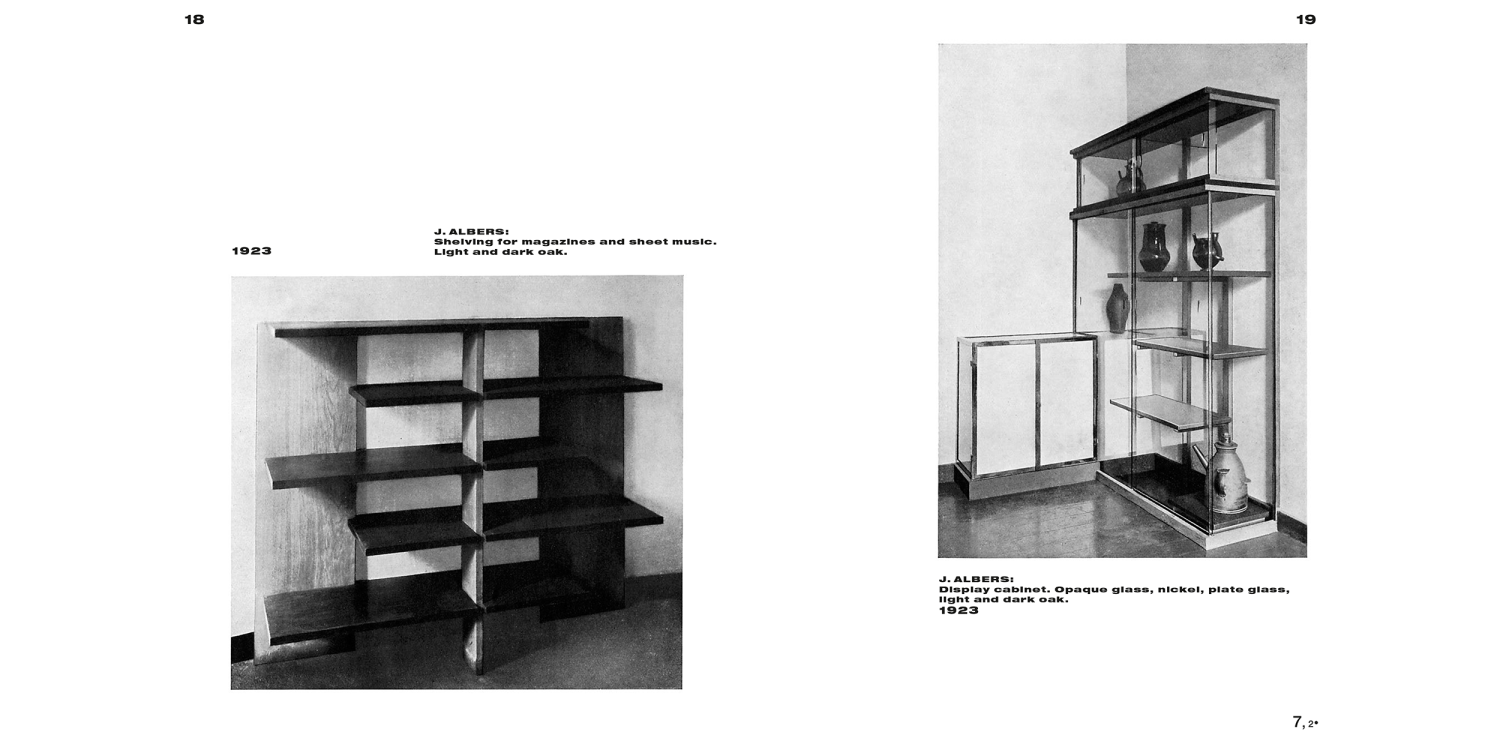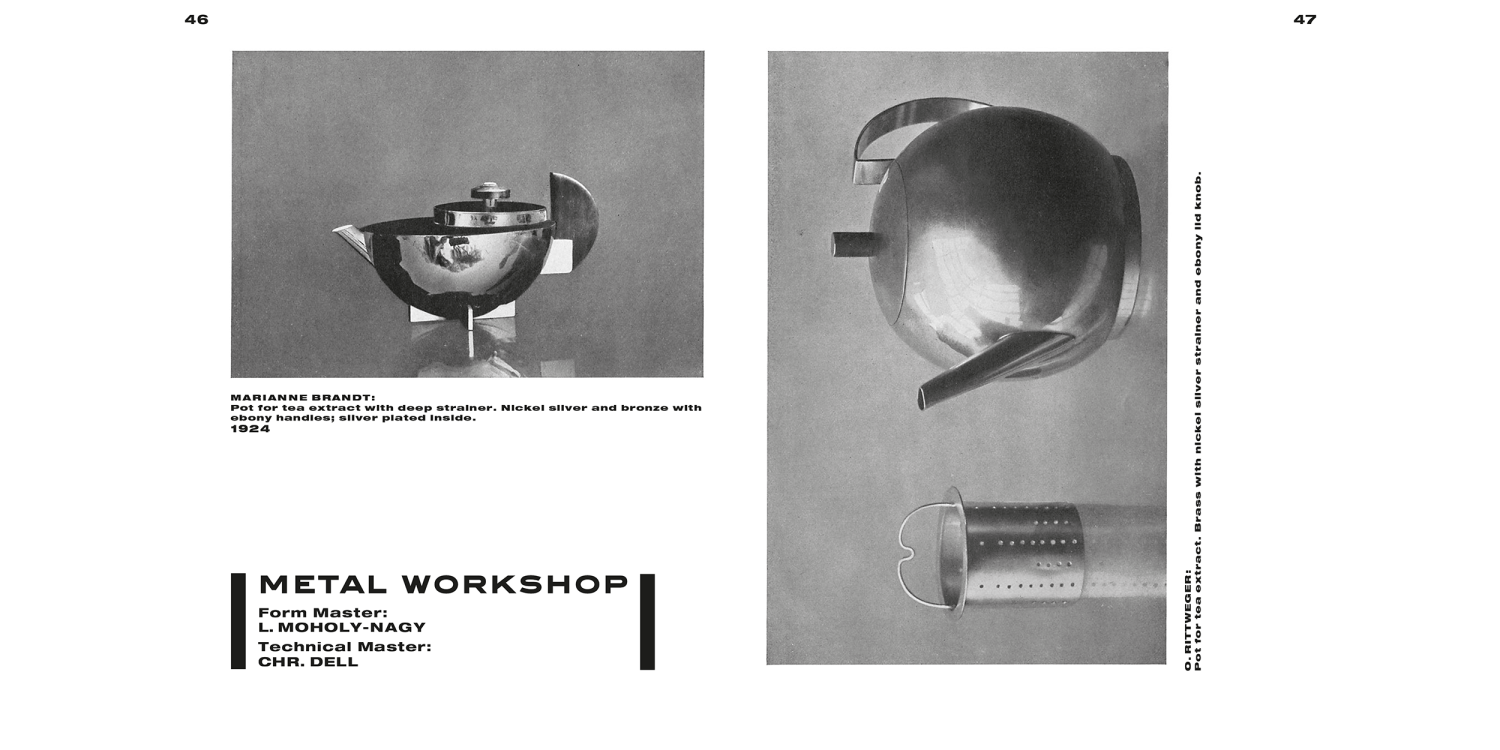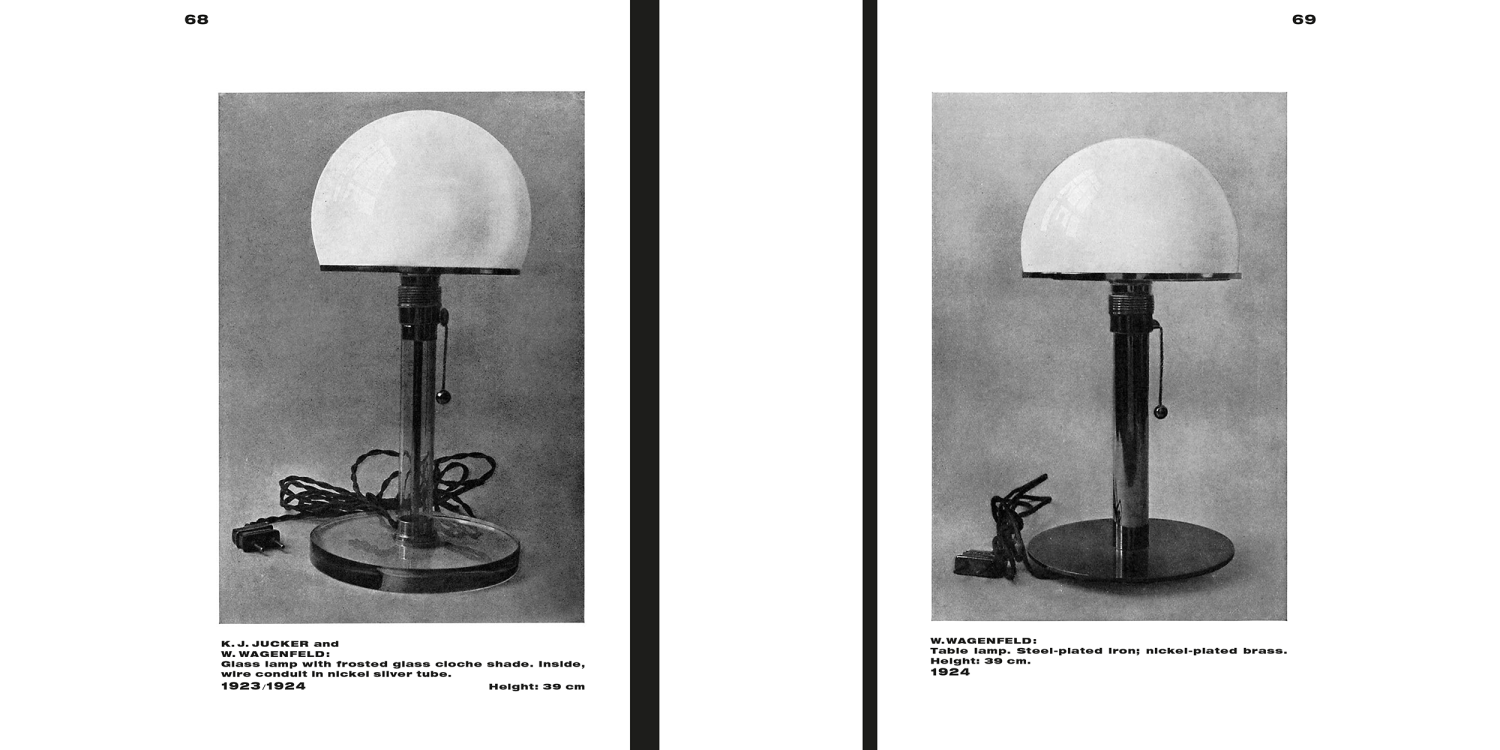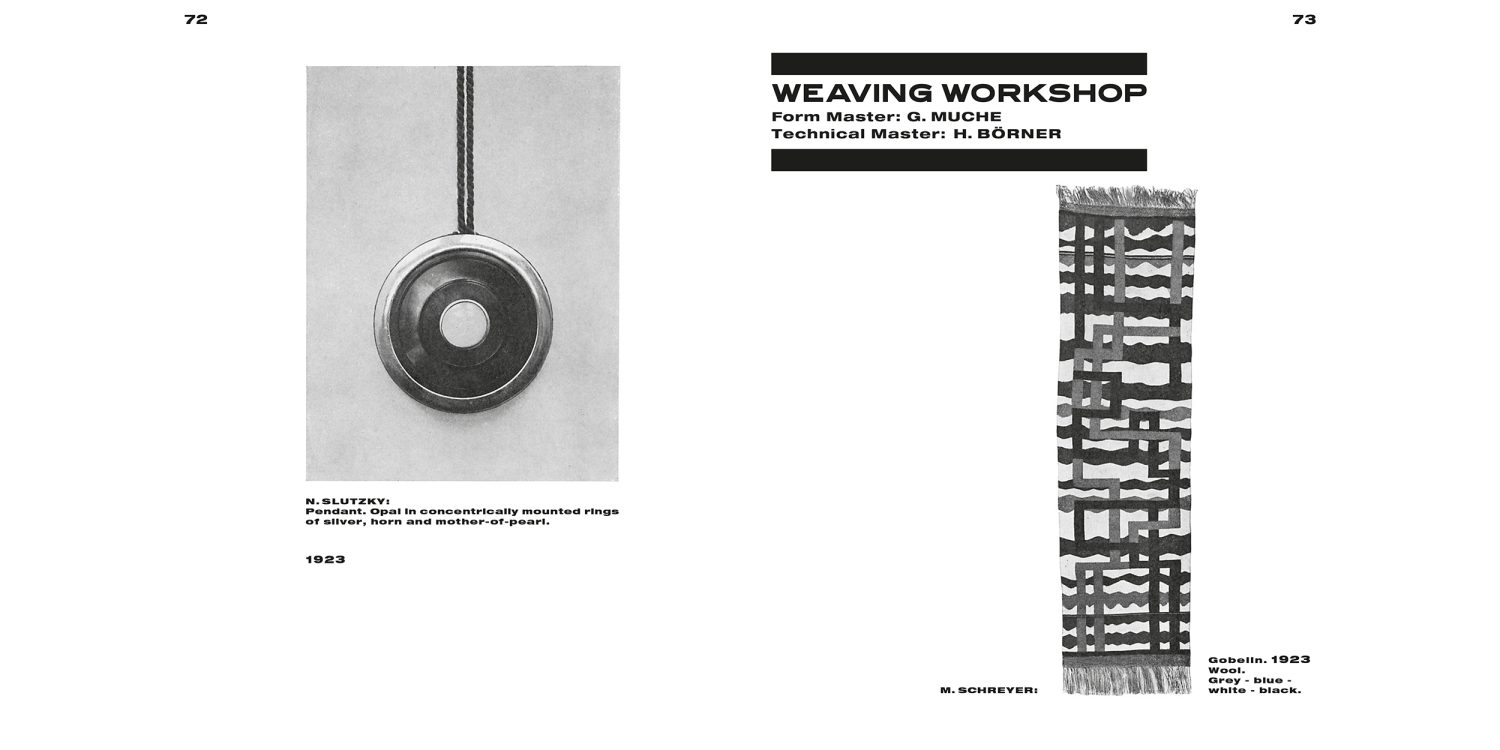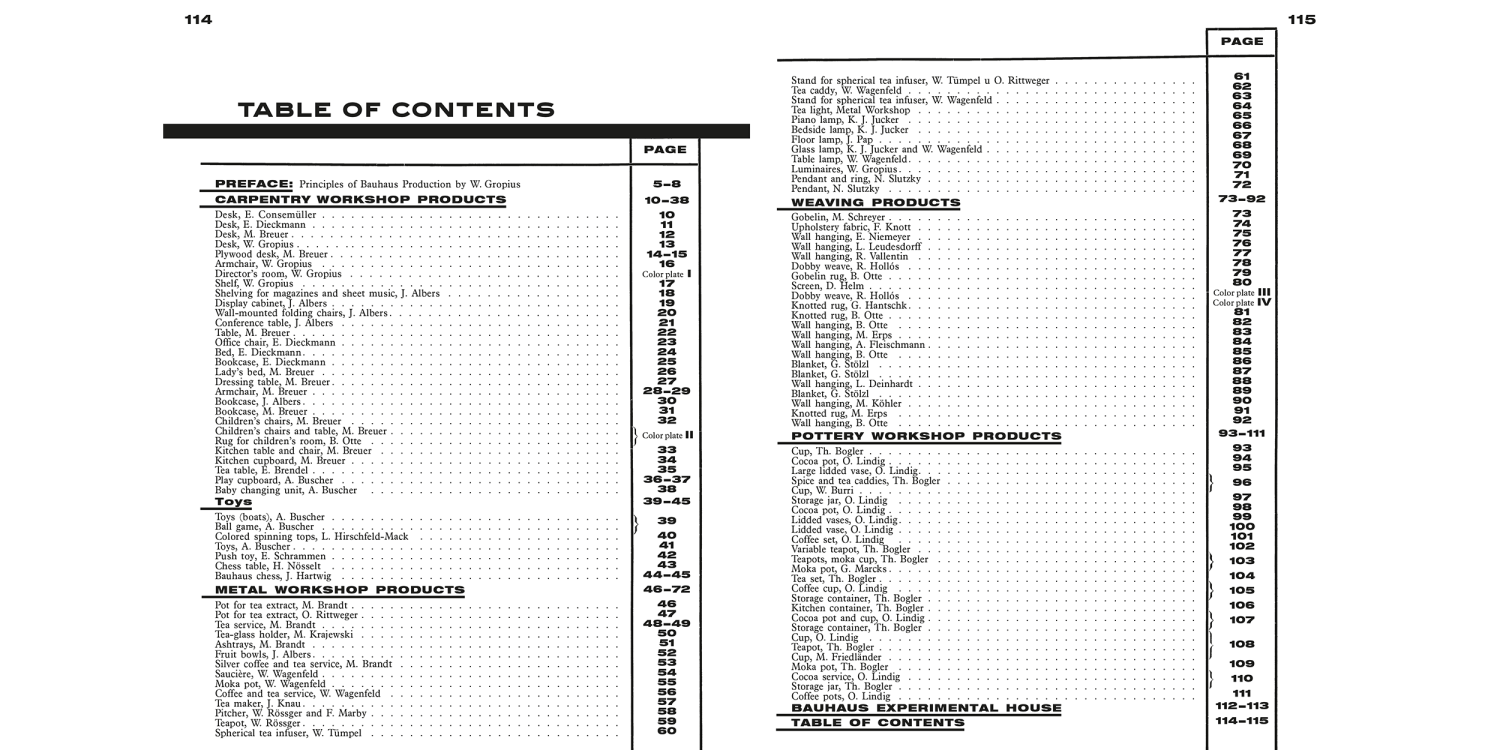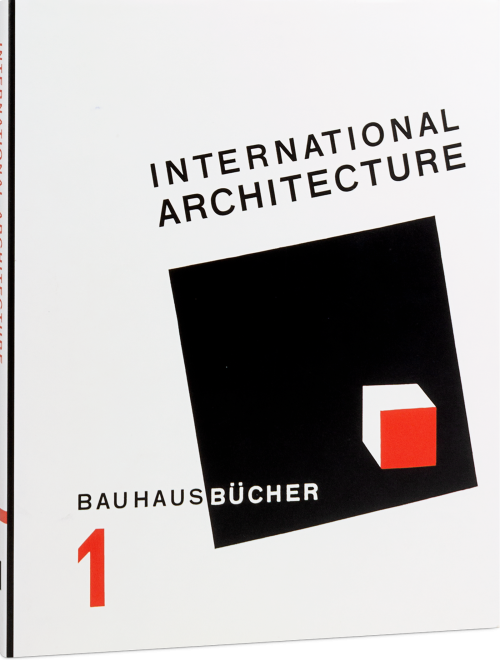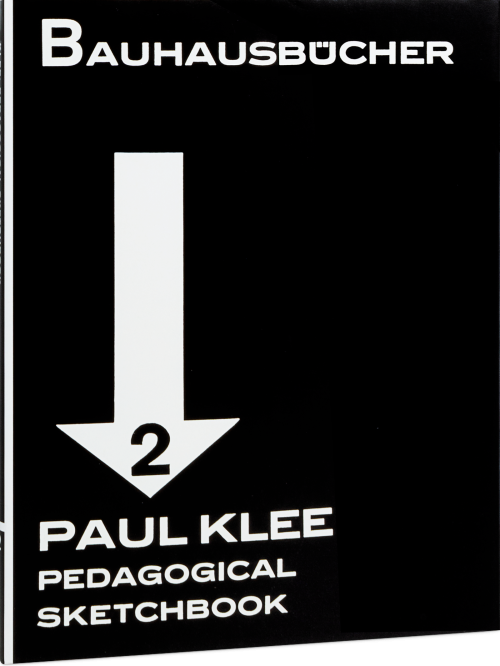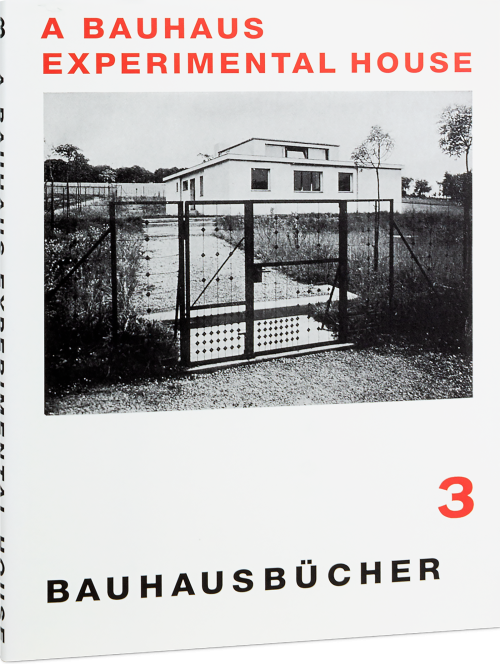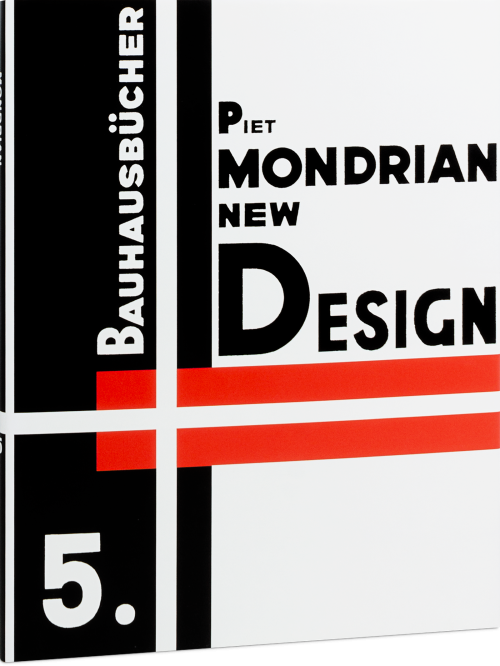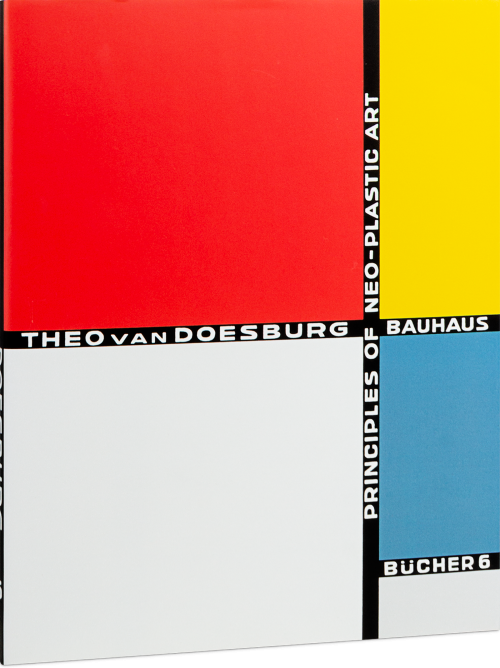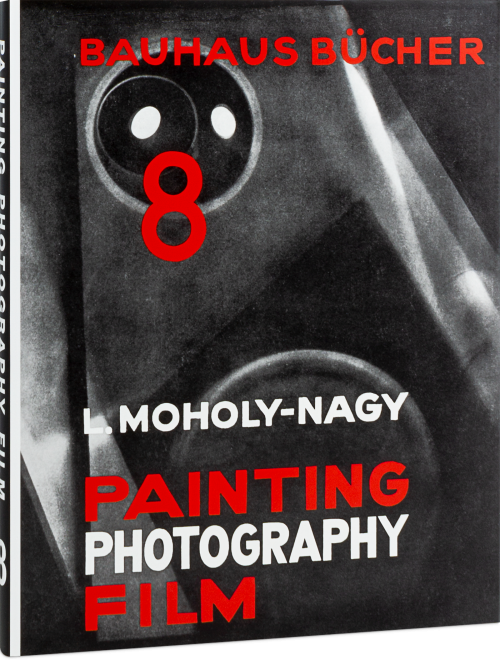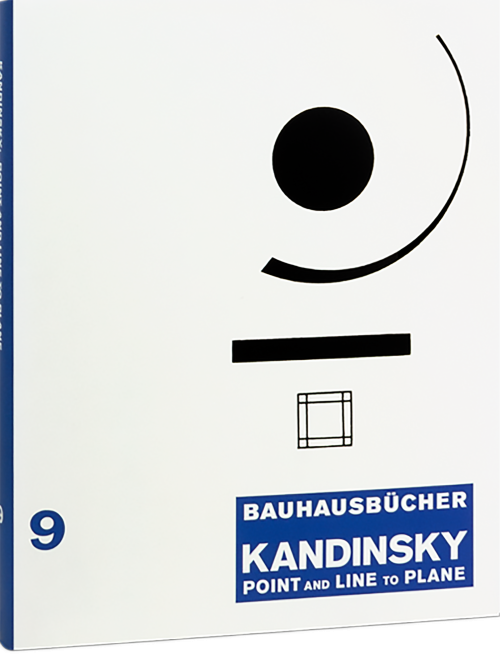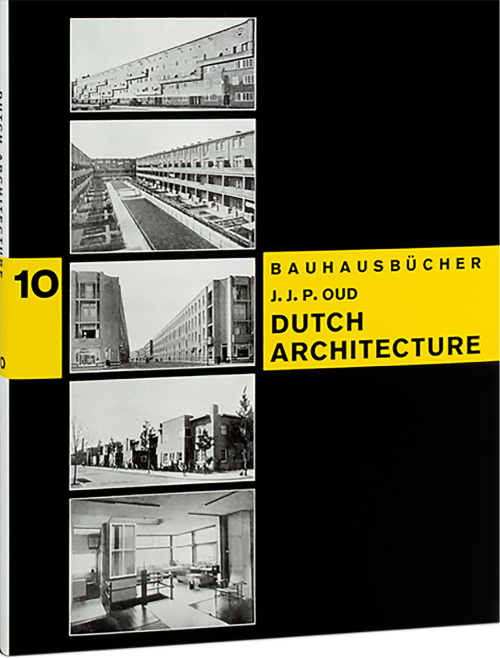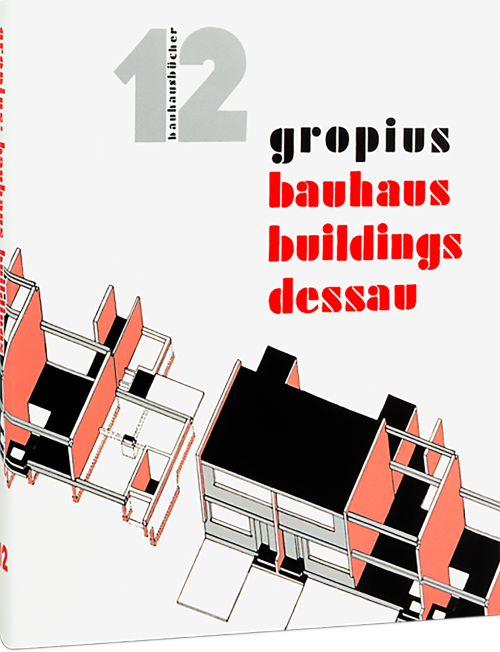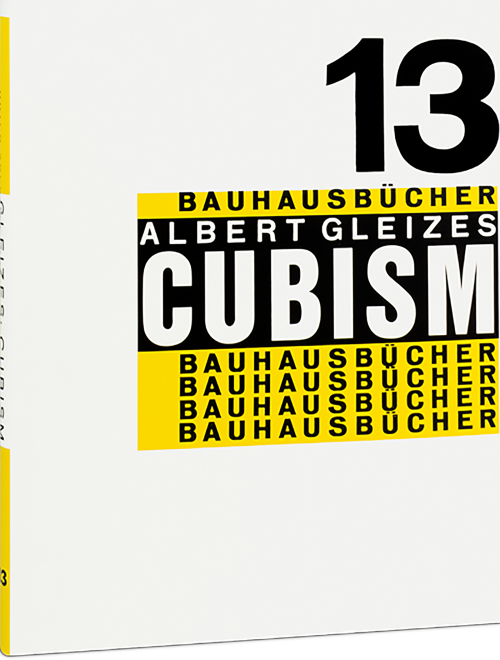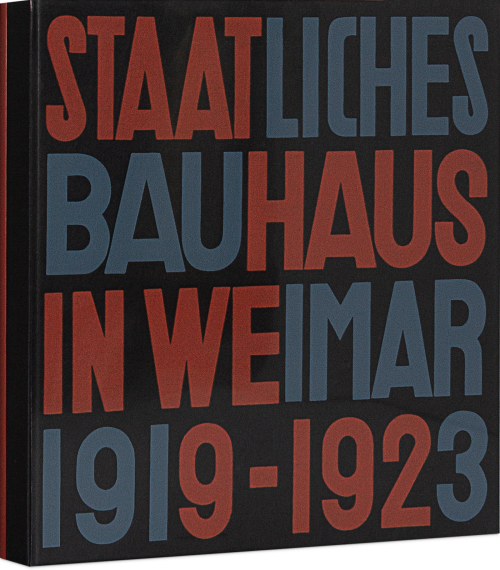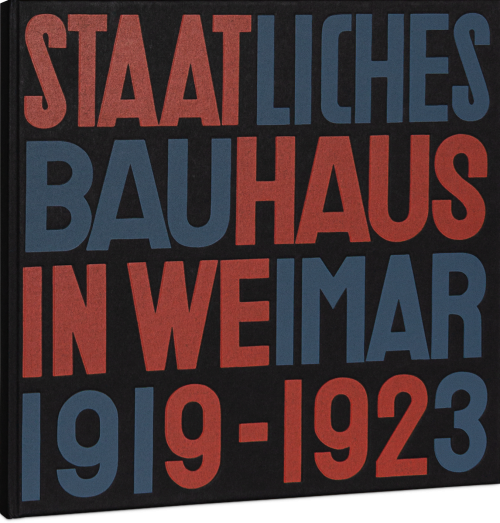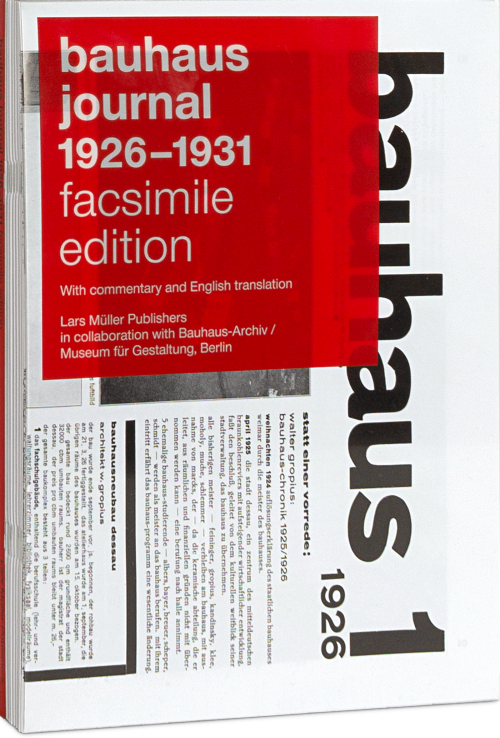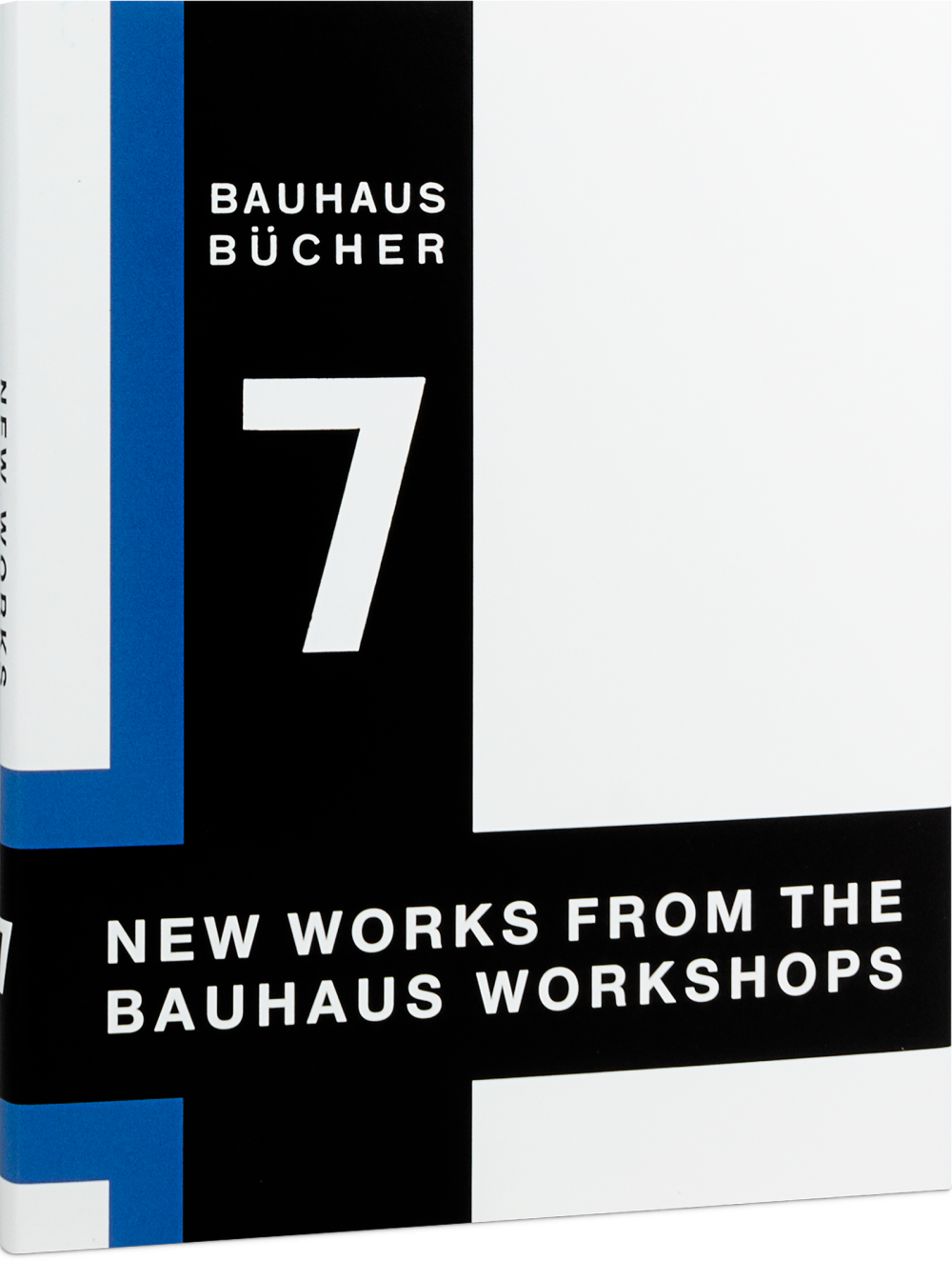
New Works from the Bauhaus Workshops
The Bauhaus sought to unite life, craftsmanship, and art under one roof. In this volume, Walter Gropius provides a comprehensive overview of the Bauhaus workshops. He explains the basic principles guiding the teaching, describes contemporary developments in architecture, and illuminates the Bauhaus point of view on household utensils, which was geared toward finding the most suitable form for the respective object. Here, Gropius presents the Bauhaus workshops in Weimar devoted to furniture, metals, textiles, and ceramics, among other subjects.
The series is published with the generous support of the Rudolf-August Oetker-Stiftung.
The Bauhaus sought to unite life, craftsmanship, and art under one roof. In this volume, Walter Gropius provides a comprehensive overview of the Bauhaus workshops. He explains the basic principles guiding the teaching, describes contemporary developments in architecture, and illuminates the Bauhaus point of view on household utensils, which was geared toward finding the most suitable form for the respective object. Here, Gropius presents the Bauhaus workshops in Weimar devoted to furniture, metals, textiles, and ceramics, among other subjects.
The series is published with the generous support of the Rudolf-August Oetker-Stiftung.
